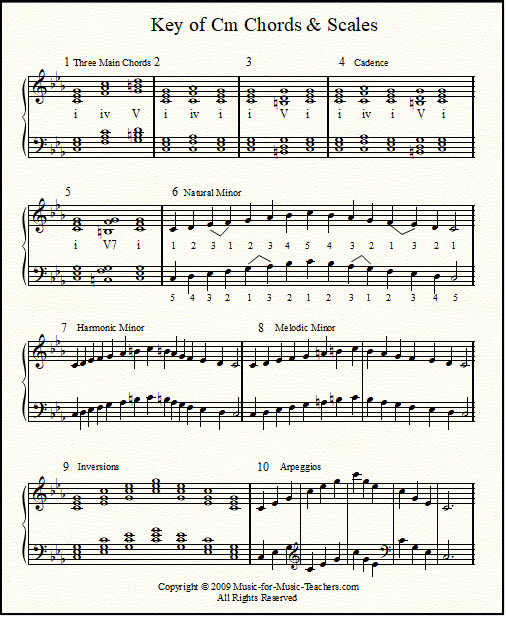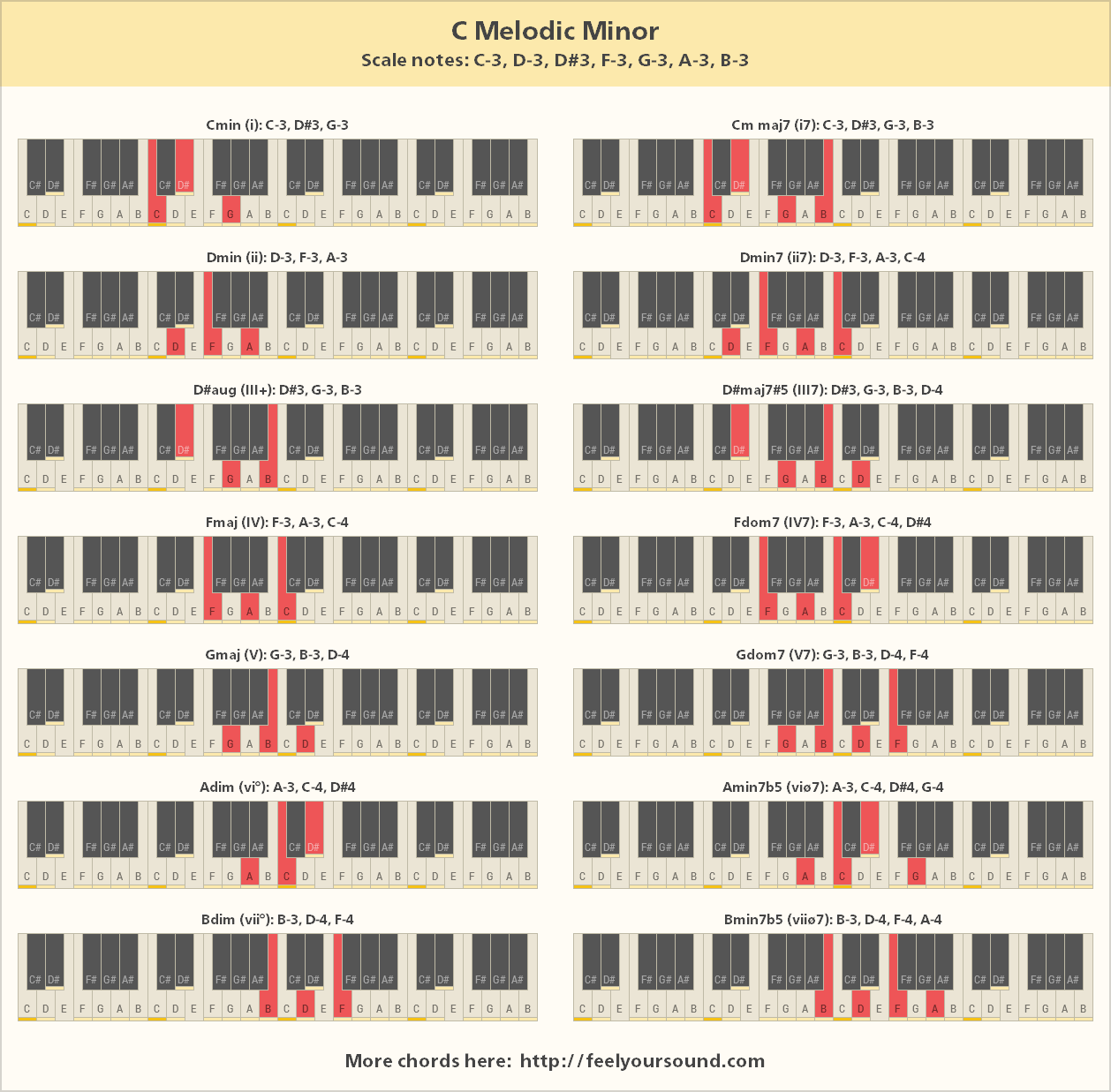

If you’ve studied classical piano before, you may remember that the melodic minor scale is different depending on the direction you play it. We will then work through the 7 modes and highlight when and where you can apply them to your playing.īefore watching this lesson make sure you have a good understanding of the modes of the major scale. This lesson provides an introduction to the melodic minor scale, explaining why jazz musicians use the scale and its modes.

The melodic minor scale is an exotic sounding scale and its modes are used extensively in modern jazz improvisation. These V7 chords are a tritone apart from each other – they can therefore be tritone substituted for each other.Similar to the major scale, 7 modes can be derived from the melodic minor scale. V7 ChordsĪlso notice that two V7 chords can be derived from the melodic minor scale. This means when you are playing in melodic minor harmony, you don’t play the chord individually so much as you play the whole key all at once. But if you have no avoid notes (like the melodic minor scale), then every chord can be any other chord in that key. This means, the only reason one chord cannot be a different chord is because avoid notes and guide tones exist. So, a 5th-less FMaj9#11 = a 5th-less G13.

Interestingly, if you omit the 5th from both chords (which is allowed), you get the exact same notes. We also have to omit any ‘ unavailable tensions‘ or ‘avoid notes’.įor example, the only reason an FMaj9#11 (F A C E G B) cannot be a G13 (G B D F A E) is because the FMaj7 contains a ‘C’, which is an unavailable tension or avoid note from the point of view (POV) of the G7. Otherwise the two chords share many notes in common. That is, the CmMaj7 chord (C, E♭, G, B) can be used as a voicing for any chord in the key of C melodic minor just by changing the bass note.Īs we have learned already, in order to play a chord we have to include, at a minimum, the 3rd and 7th of that chord (the root and the 5th can be omitted). This means you can all the notes of the scale over any of the chords, and that all the chord voicings are completely interchangeable. It’s also generally accepted that the melodic minor scale modes do NOT have avoid notes. It can be any altered C7 chord – C7♭9 or C7#9#11 or C7♭9♭13 or anything else – but a good proxy chord is C7#9♭13.

This just means ‘Play an altered C7 chord’.
Melodic minor scales for piano full#
The full associated chord is C7♭9#9#11♭13, but this is quite a mouthful so the chord is usually just shortened to C7alt.


 0 kommentar(er)
0 kommentar(er)
